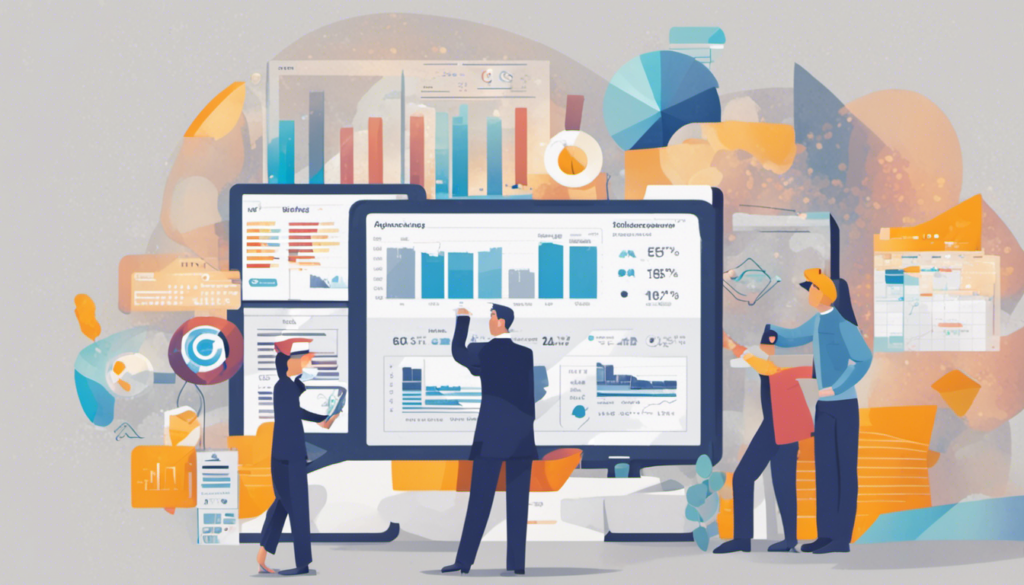The Transformative Role of Big Data and Analytics in Driving Financial Decisions, Risk Management, and Customer Insights
Big data and analytics have revolutionized various industries, and the financial sector is no exception. The abundance of data generated in today’s digital world presents a tremendous opportunity for financial institutions to gain valuable insights and make informed decisions. By leveraging big data and analytics, financial institutions can improve risk management, enhance customer experiences, and drive business growth.
Risk Management:
Risk management is a critical aspect of any financial institution’s operations. By analyzing vast amounts of data, such as transactional records, market trends, and economic indicators, financial institutions can identify potential risks and take proactive measures to mitigate them. Big data and analytics provide the tools necessary to assess market conditions, monitor creditworthiness, and detect fraudulent activities. These insights enable financial institutions to make more accurate risk assessments and formulate strategies to minimize losses.
Benefits of using big data and analytics in risk management:
- Early detection and prevention of fraud
- Real-time monitoring of market conditions
- Improved credit risk assessment
- Enhanced regulatory compliance
- Better decision-making based on data-driven insights
Customer Insights:
In today’s competitive financial landscape, understanding customer behavior and preferences is crucial for success. Big data and analytics provide financial institutions with a comprehensive view of their customers, enabling them to deliver personalized offerings and exceptional customer experiences. By analyzing customer data, such as transaction history, demographic information, and online interactions, financial institutions can tailor their products and services to meet individual needs.
Benefits of using big data and analytics for customer insights:
- Improved customer segmentation and targeting
- Enhanced cross-selling and upselling opportunities
- Increased customer satisfaction and loyalty
- Real-time monitoring and analysis of customer feedback
- Identification of emerging customer trends and preferences
Driving Financial Decisions:
Financial decision-making is a complex process that requires a deep understanding of market dynamics and risk factors. Big data and analytics enable financial institutions to make data-driven decisions by providing accurate and timely insights. By analyzing historical and real-time data, financial institutions can assess investment opportunities, evaluate market trends, and optimize portfolio management strategies. This data-driven approach helps financial institutions make informed decisions that maximize returns and minimize risks.
Benefits of using big data and analytics in financial decision-making:
- Identification of profitable investment opportunities
- Real-time monitoring of market performance
- Optimized asset allocation and portfolio management
- Improved forecasting and predictive modeling
- Enhanced regulatory compliance and risk assessment
Conclusion:
Big data and analytics have transformed the financial industry by empowering financial institutions with valuable insights for risk management, customer insights, and financial decision-making. By harnessing the power of big data, financial institutions can enhance their efficiency, mitigate risks, and deliver exceptional customer experiences. As the availability and volume of data continue to grow, the role of big data and analytics will become increasingly crucial in driving financial decisions and shaping the future of the financial industry.




